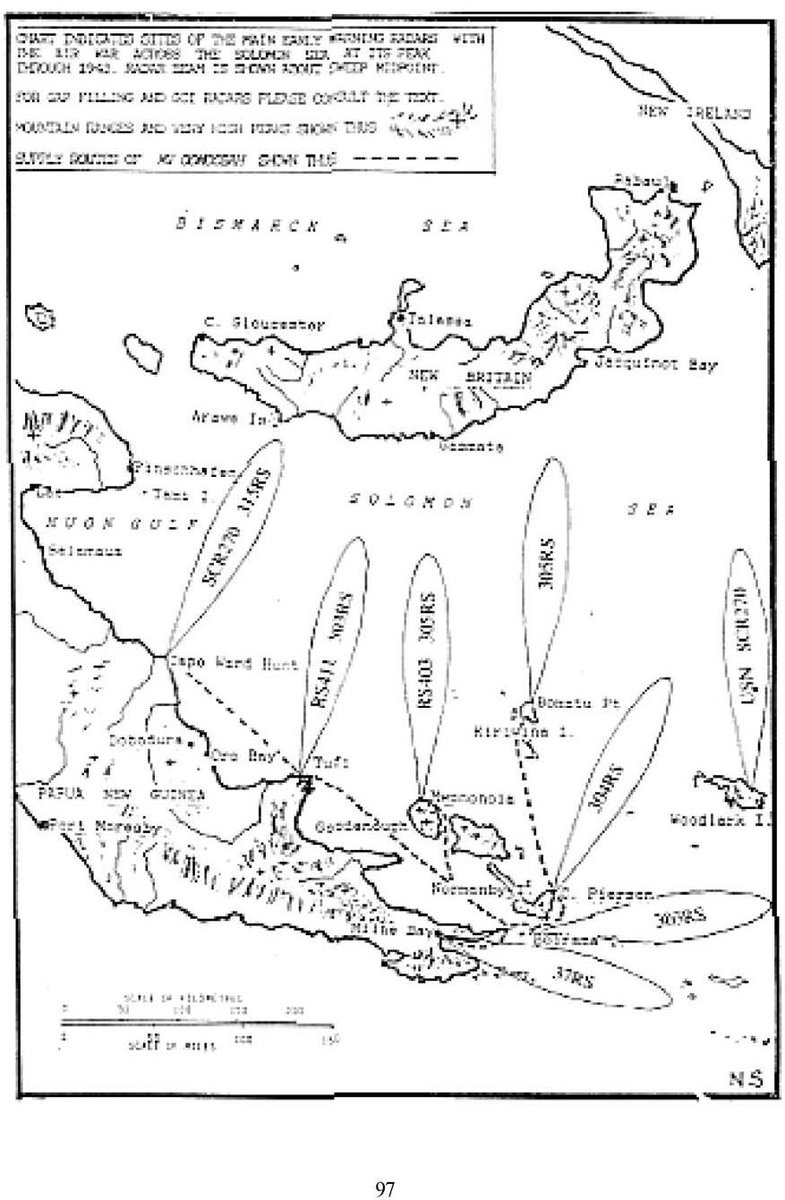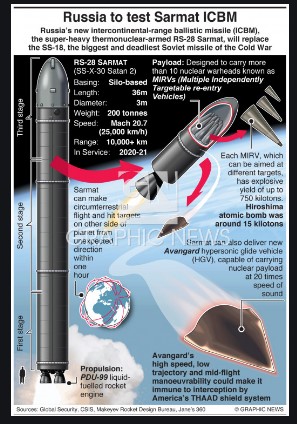
@t3narrat0r Here is a good place to start:
THE OFFICIAL HISTORY OF THE R.A.A.F.
DIRECTORATE OF TELECOMMUNICATIONS AND RADAR
BY W/CDR, G. F. GATES
IONOSPHERIC ORGANISATION.
groups.google.com/g/rec.aviation…
THE OFFICIAL HISTORY OF THE R.A.A.F.
DIRECTORATE OF TELECOMMUNICATIONS AND RADAR
BY W/CDR, G. F. GATES
IONOSPHERIC ORGANISATION.
groups.google.com/g/rec.aviation…
@t3narrat0r This document is hard core ionospheric radio propagation. It was published in 1948 and refers back to WW2 in sections.
Circular of the Bureau of Standards no. 462: ionospheric radio propagation
archive.org/details/circul…
Circular of the Bureau of Standards no. 462: ionospheric radio propagation
archive.org/details/circul…
@t3narrat0r This is the best single source on the Interservice Radio Propagation Laboratory's work on H/F radio in WW2
Developments in Radio Sky-Wave Propagation Research
and Applications During the War*
Proceedings of the IRE ( Volume: 36, Issue: 2, Feb. 1948)
ieeexplore.ieee.org/document/16976…
Developments in Radio Sky-Wave Propagation Research
and Applications During the War*
Proceedings of the IRE ( Volume: 36, Issue: 2, Feb. 1948)
ieeexplore.ieee.org/document/16976…
@t3narrat0r This article is the single best H/F radio in S. Pacific article you will find.
Combat Information Center Magazine
Aug 1944 issue
"farewell to communication failures"
From the Original Manuscript prepared by S/L A. L. Hall, RAAF
See pages 7 thru 11
maritime.org/doc/cic/cic-44…
Combat Information Center Magazine
Aug 1944 issue
"farewell to communication failures"
From the Original Manuscript prepared by S/L A. L. Hall, RAAF
See pages 7 thru 11
maritime.org/doc/cic/cic-44…
@t3narrat0r This is a 1948 Australian paper that constructed a model of local radio/radar ducting.
Radio Superrefraction in the Coastal Regions of Australia
Kerr, F. J.
Australian Journal of Scientific Research, Series A: Physical Sciences, vol. 1, p.443
articles.adsabs.harvard.edu//full/1948AuSR…
Radio Superrefraction in the Coastal Regions of Australia
Kerr, F. J.
Australian Journal of Scientific Research, Series A: Physical Sciences, vol. 1, p.443
articles.adsabs.harvard.edu//full/1948AuSR…
@t3narrat0r The point about the the 1948 superrefraction article is that Rabaul had frequent ducting events for the Japanese radar network to learn from.
One of the Rear Admirals at Rabaul in 1943-44 was the Navy base force commander at Okinawa.
One of the Rear Admirals at Rabaul in 1943-44 was the Navy base force commander at Okinawa.
@t3narrat0r This link is to a Aussie history of a pair of American strategic high frequency communications posts during WW2. It is useful in that it has figures for the WW2 solar cycles in the Appendix 2 part of the document.
bdars.org.au/wp-content/upl…
bdars.org.au/wp-content/upl…
@t3narrat0r @threadreaderapp unroll
@t3narrat0r The document at the links below is the US Government National Defense Resources Committee Report on Radio Propagation in WW2
Radio Wave Propagation: Consolidated Summary Technical Report of the Committee on Propagation
catalog.hathitrust.org/Record/0014819…
Radio Wave Propagation: Consolidated Summary Technical Report of the Committee on Propagation
catalog.hathitrust.org/Record/0014819…
@t3narrat0r Navigate through the Hathitrust document to pages 327 thru 335 on the ionosphere and 474 thru 480 on siting radar arrays and direction finding systems.
Pages 458 and 459 are how one estimates ship sizes with radar returns given varying atmospheric conditions as determined...
Pages 458 and 459 are how one estimates ship sizes with radar returns given varying atmospheric conditions as determined...
@t3narrat0r ...by Coast Artillery Experimental Establishment, England.
Page 460 has technical statistics on major radars, IFF and communications systems used in WW2.
I hope you find these sources of some small help.
Page 460 has technical statistics on major radars, IFF and communications systems used in WW2.
I hope you find these sources of some small help.
• • •
Missing some Tweet in this thread? You can try to
force a refresh





















